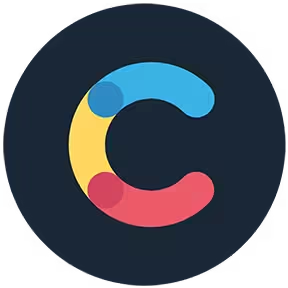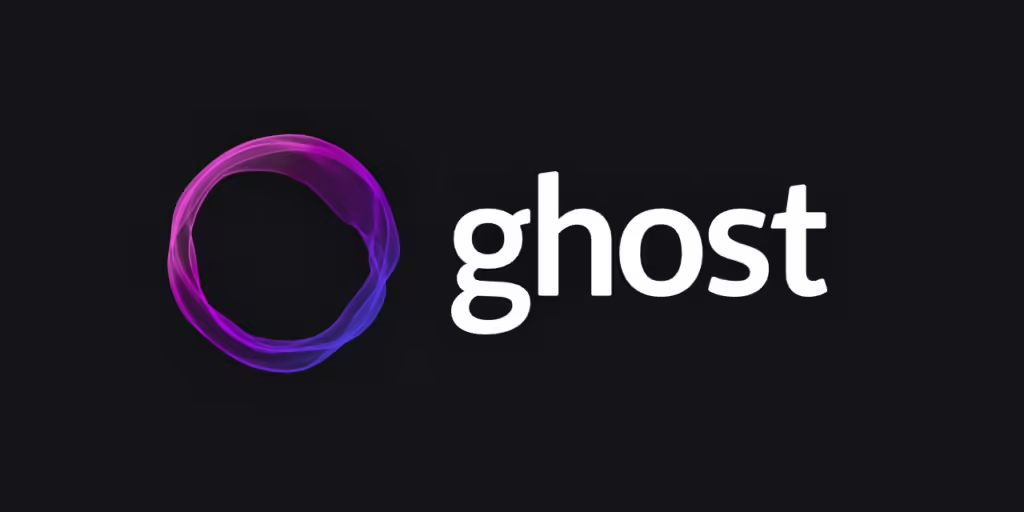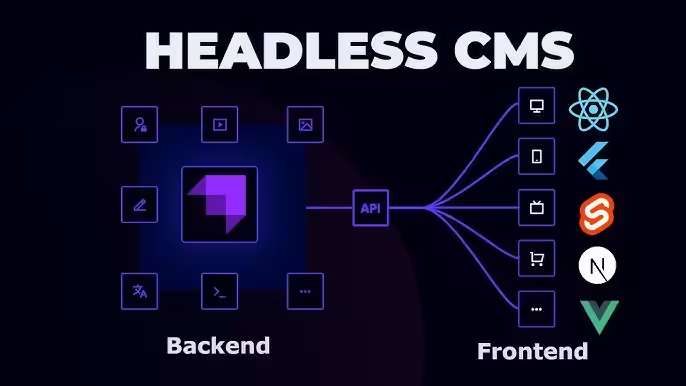Content management has come a long way, and with the rise of Headless CMS (Content Management Systems), web developers are experiencing a shift in how they manage and deliver content. In 2024, headless CMS continues to evolve as the go-to solution for developers who need more flexibility, scalability, and control over their content while building modern web apps.
Headless CMS is distinct from traditional CMS in that it decouples the content management interface from the front-end presentation layer. This separation gives developers the freedom to deliver content across multiple platforms and devices without being restricted by a specific front-end framework. As we look ahead, headless CMS is set to play an even bigger role in transforming how we build web applications.
What is a Headless CMS?
A Headless CMS is a back-end-only content management system that provides content as data via APIs to any front-end or client. Unlike traditional CMS (like WordPress or Joomla), which includes both the content and the presentation layer, a headless CMS does not dictate how the content is presented on the front-end. Instead, it serves content through RESTful APIs or GraphQL to a variety of platforms such as web apps, mobile apps, IoT devices, and more.
The Benefits of Headless CMS for Web Developers in 2024
1. Flexibility Across Platforms
One of the most significant advantages of using a headless CMS is the ability to publish content across multiple platforms. Since the front-end is decoupled, developers can use any technology stack they prefer, such as React, Vue.js, Next.js, or Angular, while still managing content through a central headless CMS.
This flexibility is especially important as we move further into 2024, where users expect seamless experiences across web, mobile, and even wearable devices. A headless CMS makes it easy to repurpose content across different platforms without needing to reformat it for each new front-end technology.
2. Scalability and Performance
By separating the front-end and back-end, developers can optimize performance more effectively. Content is delivered as JSON or HTML via API, enabling faster load times and more efficient content delivery networks (CDNs). This decoupled approach allows web developers to scale both the content and presentation layers independently, ensuring that the web application can handle more traffic as it grows.
In 2024, this is particularly relevant as web applications continue to demand faster load times and better performance metrics to rank higher on search engines and offer better user experiences.
3. Developer-Centric Approach
With traditional CMS systems, developers are often constrained by the built-in themes, plugins, and templates. In contrast, a headless CMS gives developers complete control over how content is presented. The back-end content management can remain the same while front-end technologies evolve, meaning web developers can quickly adopt new JavaScript frameworks or other innovations without reconfiguring the CMS.
In headless architectures, content creation and updates are handled by non-developers, freeing developers to focus on building powerful, user-friendly front-end applications. This developer-centric approach is highly valuable in today’s rapidly evolving web development landscape.
4. Omnichannel Experiences
Headless CMS is at the heart of the omnichannel approach. It allows developers to deliver content to multiple touchpoints, such as web browsers, mobile apps, smart devices, and even digital kiosks, all from a single source. As omnichannel experiences become more integral to how businesses engage with users, headless CMS provides the infrastructure needed to ensure content consistency across all platforms.
5. Seamless Content Updates
Since the content is managed independently of the front-end, updating or changing the content is easier and quicker. Content creators and editors can log into the headless CMS, make changes, and those changes are instantly reflected across all platforms using the same API. This real-time synchronization is a massive advantage for web developers looking to keep content fresh and relevant.
Popular Headless CMS Platforms in 2024
1. Strapi
Strapi is a highly customizable open-source headless CMS that has gained popularity among developers for its flexibility and ease of use. With Strapi, developers can integrate any front-end framework, and the platform’s plugin ecosystem allows for customizability.

2. Contentful
Contentful is a leading headless CMS that delivers content via APIs. It has extensive support for developers, offering both REST and GraphQL APIs, making it easy to integrate with various front-end technologies.

3. Sanity
Sanity stands out for its real-time collaboration features and the ability to configure content models to suit the needs of the application. It’s widely adopted by developers building content-heavy applications.

4. Ghost
Originally known for its blogging platform, Ghost has evolved into a powerful headless CMS ideal for handling large volumes of content while supporting flexible integration with modern web frameworks.

5. Prismic
Prismic is another excellent headless CMS option that offers a unique “slice machine” approach, allowing developers to create reusable content blocks. This modular system is perfect for creating flexible page structures without needing to hard-code designs.

Headless CMS Use Cases in 2024
1. E-Commerce Websites
E-commerce businesses can use headless CMS to manage product catalogs, promotions, and checkout flows. Content can be personalized and delivered to websites, mobile apps, and even smart devices like smartwatches or voice assistants.
2. Media and Publishing Platforms
Media companies benefit from headless CMS by delivering articles, videos, and podcasts across different channels while maintaining a centralized content management system.
3. Corporate Websites
For businesses that require robust internal portals alongside external websites, headless CMS ensures that both can be managed from the same content source but presented in different ways.
4. Digital Marketing Campaigns
Marketers can create landing pages and distribute content to various marketing channels (such as social media and email) through API calls, offering a unified user experience across all platforms.
Best Practices for Implementing Headless CMS in 2024
1. Plan for Scalability
When adopting headless CMS, ensure your infrastructure is set up to scale as your content grows. This includes integrating CDNs for faster delivery and setting up caching layers to manage API requests.
2. Ensure Strong API Security
Since APIs are the backbone of headless CMS, securing API endpoints with authentication and authorization is critical. Use best practices such as OAuth, JWT tokens, and API rate limiting to secure your application.
3. Focus on User Experience
While headless CMS provides flexibility for developers, the ultimate goal is to deliver content-rich experiences. Prioritize UX by ensuring your content is presented in a way that is intuitive, engaging, and responsive.
4. Adopt Continuous Deployment
The decoupled nature of headless CMS enables teams to implement CI/CD pipelines that streamline deployment. Developers can make changes to the front-end independently, accelerating delivery cycles.
Conclusion: Headless CMS in 2024 and Beyond
As the demand for faster, more scalable web applications grows, headless CMS is revolutionizing how content is managed and delivered. For web developers, adopting a headless architecture means gaining greater flexibility, improved performance, and the ability to deliver content across multiple platforms seamlessly.
In 2024, headless CMS continues to be a game-changer, enabling developers to create modern web apps that meet the needs of today’s omnichannel digital landscape.

